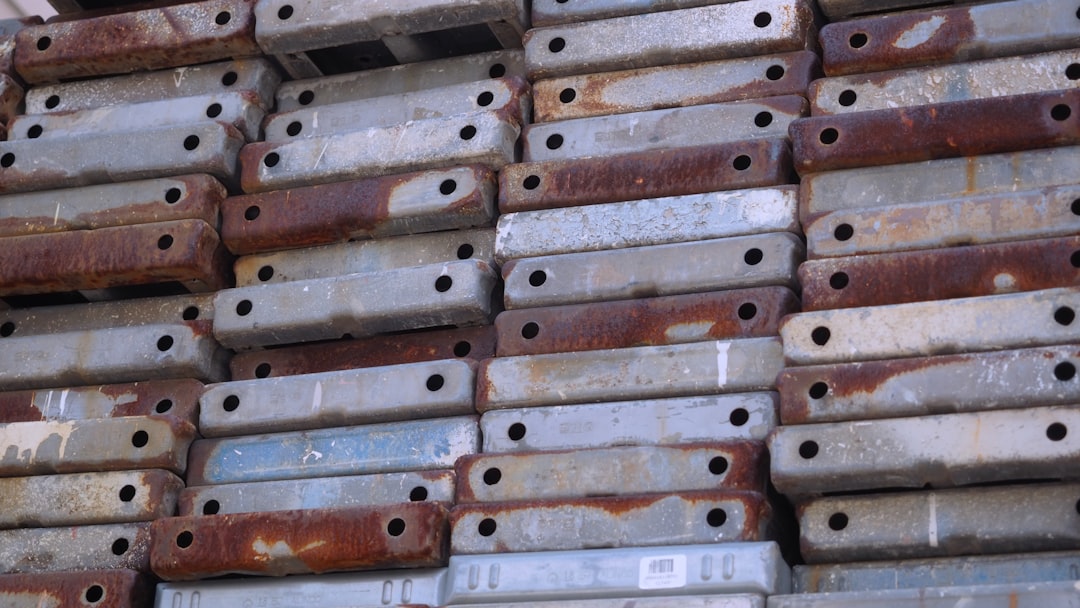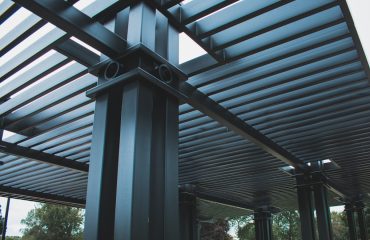The maritime industry demands robust and reliable materials. Steel pipes, in particular, play a crucial role in the construction and operation of ships, from carrying vital fluids to forming structural components. Selecting the appropriate steel pipes is paramount for ensuring the safety, longevity, and efficiency of any vessel. This comprehensive guide delves into the intricacies of choosing the right steel pipes for shipbuilding, covering key aspects from material selection to quality control.
1. Understanding Steel Grades for Shipbuilding Applications
The choice of steel grade significantly impacts the performance and lifespan of steel pipes in shipbuilding. Different grades offer varying levels of strength, corrosion resistance, weldability, and toughness. Commonly used steel grades include:
- ASTM A53: This grade is suitable for low-pressure applications and general-purpose piping systems. Its relatively low cost makes it attractive for less demanding parts of the vessel.
- ASTM A106: Offering higher strength than A53, ASTM A106 is preferred for high-pressure steam and fluid service lines. Its enhanced mechanical properties make it ideal for critical systems.
- ASTM A312: Specifically designed for high-temperature service, ASTM A312 is often chosen for applications involving high-pressure steam or other heated fluids. Different grades within A312 cater to specific temperature ranges.
- API 5L: This specification focuses on line pipes used in the oil and gas industry, many of which find applications in offshore platforms and tankers. API 5L grades offer exceptional strength and corrosion resistance.
- High-Yield Strength Steels: For demanding structural applications, high-yield strength steels are employed to minimize weight and maximize strength. These are often used in critical structural components.
The selection of a specific grade depends on factors such as the operating pressure, temperature, corrosive environment, and the specific application within the vessel.
2. Manufacturing Processes: Seamless vs. Welded Pipes
Steel pipes for shipbuilding are primarily manufactured through two processes: seamless and welded. Each offers distinct advantages and disadvantages:
Seamless Pipes: Produced by piercing a heated steel billet, seamless pipes are known for their superior strength, ductility, and resistance to fatigue. They are ideal for high-pressure applications and critical structural components where integrity is paramount. However, seamless pipes are generally more expensive than welded pipes.
Welded Pipes: Created by joining two steel sheets or plates, welded pipes offer a cost-effective alternative for less demanding applications. Different welding techniques, such as electric resistance welding (ERW) and submerged arc welding (SAW), are employed. While welded pipes are generally suitable for many shipbuilding applications, their strength and resistance to fatigue can be lower than seamless pipes, especially at higher pressures.
The choice between seamless and welded pipes depends on the specific requirements of the application, balancing cost and performance characteristics.
3. Critical Applications of Steel Pipes in Shipbuilding
Steel pipes are ubiquitous throughout a ship’s structure and systems. Key applications include:
- Fluid Transfer Systems: Pipes transport fuel, water, lubricants, and other fluids throughout the vessel. The choice of pipe material and diameter is crucial for efficient and safe operation.
- Pressure Vessels and Tanks: Steel pipes are frequently used in the construction of pressure vessels and storage tanks for various fluids and gases.
- Structural Components: In some cases, steel pipes are incorporated into the ship’s structural framework, providing strength and support.
- Fire Protection Systems: Fire sprinkler and fire suppression systems rely heavily on robust steel pipe networks.
- Ballast Systems: Pipes are integral to the ballast water management systems, which are crucial for ship stability and environmental protection.
- Offshore Platforms: In offshore construction, steel pipes form the backbone of oil and gas platforms, withstanding harsh marine environments.
Understanding the specific demands of each application is essential for selecting the appropriate steel pipe.
4. Ensuring Quality Control and Compliance
Stringent quality control measures are necessary to guarantee the integrity and safety of steel pipes used in shipbuilding. This involves several stages:
- Material Testing: Rigorous testing verifies that the steel meets the specified grade and mechanical properties.
- Dimensional Inspection: Precise measurements ensure that the pipes conform to the required dimensions and tolerances.
- Non-Destructive Testing (NDT): Techniques such as ultrasonic testing (UT) and radiographic testing (RT) detect internal flaws and defects.
- Hydrostatic Testing: Pressure testing verifies the pipe’s ability to withstand the intended operating pressure.
- Compliance with Standards: Adherence to relevant international standards, such as ISO and API, is mandatory.
Thorough quality control ensures the reliability and safety of the entire vessel.
5. Future Trends in Steel Pipes for Shipbuilding
The shipbuilding industry is constantly evolving, and so are the demands on steel pipes. Future trends include:
- Advanced Steel Grades: The development of high-strength, lightweight, and corrosion-resistant steel grades will continue to improve the efficiency and longevity of ships.
- Improved Manufacturing Techniques: Innovations in welding and seamless pipe production will lead to higher quality and more cost-effective manufacturing processes.
- Sustainable Practices: The industry is increasingly focused on reducing the environmental impact of shipbuilding, leading to the use of recycled steel and more sustainable manufacturing practices.
- Smart Pipes and Monitoring Systems: The integration of sensors and monitoring systems into steel pipes will allow for real-time condition monitoring and predictive maintenance.
These advancements will further enhance the performance and sustainability of steel pipes in the shipbuilding industry.
Choosing the right steel pipes is a critical decision in shipbuilding. Careful consideration of the factors discussed above – steel grade, manufacturing process, application, quality control, and future trends – is essential for ensuring the safety, longevity, and efficiency of any vessel.
Tags: steel pipes, shipbuilding, marine pipes, steel pipe grades, pipe manufacturing




